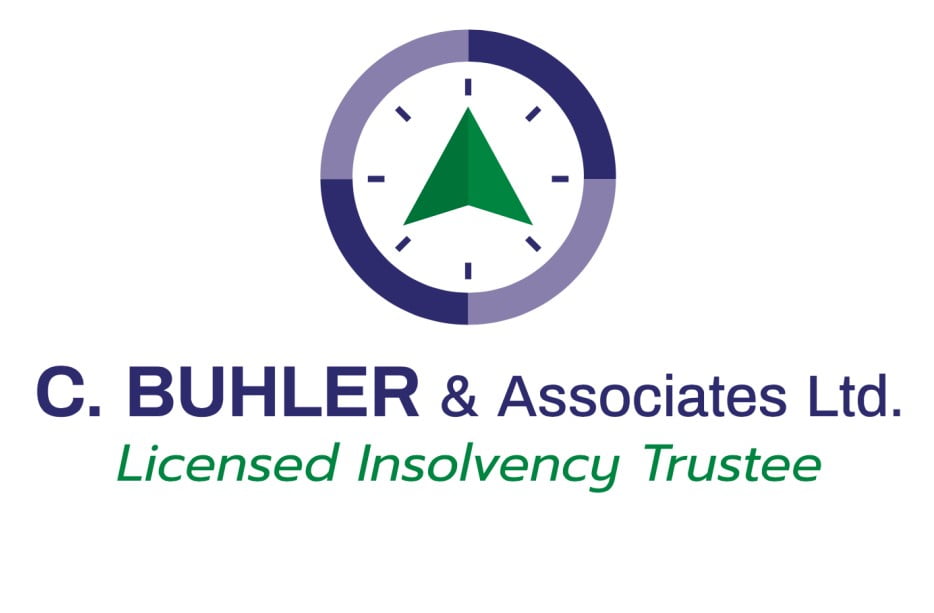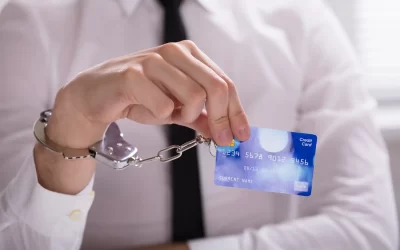At C. Buhler & Associates Ltd., we actively cultivate a judgement-free environment and do everything possible to make each and every person who walks through our doors feel valued and welcomed. That being said, setting up your first meeting with a licensed insolvency trustee is a major and courageous step toward financial freedom, and for some clients, it can also be accompanied by feelings of apprehension or anxiety.
Knowing how to prepare for your initial consultation and what to expect can help alleviate any worries you may be experiencing, which is why we’ve provided an overview of the initial meeting process below. If you still have unanswered questions after reading this information, feel free to reach out directly to our compassionate, dedicated, and knowledgeable team.
Preparing for the Meeting
Meeting with an insolvency trustee will allow you to present a snapshot of your current financial situation, discuss various debt relief strategies and pathways, and ultimately discover possible solutions that will help you move forward debt-free.
We recommend bringing a pen and paper with you to take notes and, of course, an open mind. If you feel that you’d like a second person present for support, a trusted friend or family member is also more than welcome to join you.
Who Insolvency Trustees Are
Licensed insolvency trustees are the only federally regulated Canadian professionals who can legally file all forms of debt relief. Helping people out of debt is our expertise, and we are passionate about offering clients like you sound advice and a financial path forward every single day.
Gathering Necessary Documents
Before your meeting, we recommend gathering and organizing the following:
- Government-issued identification (birth certificate, driver’s licence, passport)
- Financial documents (bills, invoices, loans, credit card statements, etc.)
- A list of your monthly income, expenses, and liabilities
- A list of your assets and their approximate value (property, vehicles, RRSPs, etc.)
Listing Beneficiaries, Creditors, and Debts
In addition to the documents listed above, it’s also essential to provide a comprehensive list of:
- Creditors (parties you owe money to)
- Debts (secured and unsecured)
During the Meeting
How the Meeting Is Set Up
An initial meeting with one of our insolvency trustees is set up to be thorough, organized, and educational. When you leave, you should have a clear understanding of one or more potential pathways forward and an actionable strategy to follow, if you so choose.
Discussing Assets, Debts, and Goals
Your licensed insolvency trustee will need to gain a thorough understanding of your financial situation, your goals, and the terms and conditions you will be comfortable with moving forward. It’s important to come prepared to put everything on the table in order to facilitate the most productive outcome possible.
Questions To Ask Before You Leave
If there are specific topics or questions you want to ensure get addressed during your meeting, creating a written list beforehand can help. One critical question to make sure gets answered before you leave is: What are my next steps?
Additional Tips
Agenda Preparation
Creating a meeting agenda to follow can be an effective way to structure your time with an insolvency trustee. We want you to feel empowered and are always here to follow your lead.
Understanding Insolvency Documents
If financial documents make you feel overwhelmed, you aren’t alone – our professional team can help. Identify the problematic documents, and we’ll ensure you understand them accurately and transparently.





